I admit that I bought the Olympus PEN-F with little to no expectations. It was more an impuse purchase due to its attractive design than a carefully meditated and researched decision.
I am not a big fan of small sensors and the “Micro 4/3” format was never my first choice. Most lenses offered until now in MFT are garbage and the cameras are sub-mediocre in options and performance. Mind you, my standard equipment is Leica M, a Nikon D7100 (macro only) and the Sony RX1R-II (for low-light situations)… Yes, I admit I am a pixelpeeper. Unfortunately, when one gets accustomed to this kind of quality all other things tend to get rated according to those standards. That is not always a good thing since one tends to evaluate any equipment to Leica M & Summilux 50 standards… the truth is that not much will hold up to that comparison. Sorry.
I’m not a big fan of small sensors, and the “Micro 4/3” format was never my first choice. Most lenses offered for the MFT format are rubbish, and the cameras themselves have limited options and performance. Or this is what I thought… To be fair, my standard equipment includes a Leica M, a DSLR (macro only), and the Sony RX1R-II (for casual shooting). Yes, I admit I’m a pixel peeper. Unfortunately, once you get accustomed to this level of quality, everything else tends to be judged by those standards. That’s not always a good thing, as you tend to evaluate any equipment against Leica M and Summilux 50 standards, which isn’t always fair.
So, why did I get the PEN-F despite having all my bases covered? Well, it looked good, and I’m a sucker for buttons! Jokes aside, I’m old-school and prefer manual controls so I don’t have to fiddle with menus before taking a shot.
Better than expected?
So once at home, I started playing with what I thought was a toy and… wow, impressive. This little “vintage” looking camera has practically all features and settings (if not more…) than in a pro-DSLR. Stunning, practically anything can be set or modified. On top of that, the manual controls make sense. Something Leica M-shooter wish they had more of.
If there is one “term” that defines the Olympus PEN-F that would be; “the Swiss pocket knife” of cameras.
Okay, I admit I’m impressed. Now, let’s talk about the shooting. Initially, I used the standard 17mm lens, and soon after, I switched to the 12mm. These lenses are equivalent to 35mm and 24mm respectively on a full-frame sensor. The results are what you’d expect from a Micro Four Thirds sensor and small, reduced lenses. The sensor has a 20MP resolution, but it can be a bit noisy (to my standards) at its native ISO 200. However, the noise is bearable up to ISO 1600 (with the necessary LR corrections, it becomes acceptable). The sharpness is good at the centre, but things get tricky at the edges and corners with standard and wide-angle lenses.
How do you fix noise shortcomings? Easy:
Go to the ISO settings and choose “Low ISO”. Although many claim the native 200 ISO has better dynamic range. True, but I found it to be a bit less noisy and more saturated.
Activate the in-camera stabilisation as well as the anti-shock shutter settings to compensate for the loss of speed instead of increasing ISO to compensate for low light immediately.
Shoot in RAW to maximise file edition possibilities and flexibility when editing.
Use some “old school” acquired skills to maximise image quality like always having the sun/light source behind you and expose for the light areas…
Lightroom does wonders when fixing noise these days.
The results should be more than acceptable even for the most demanding photographer.
Soon after acquiring the M.Zuiko 60mm Macro, I was once again astounded by its versatility and enjoyment. It has remained on my PEN-F for most of the summer, and I had an absolute blast! Surprisingly sharp and free from chromatic aberrations. The only downside is that, unlike other premium Zuiko lenses, it lacks the quick manual focus ring clutch. That would have been a dream for a macro lens!
Now, I may sound exaggerated, but this 60mm macro is the best I’ve used to date (and I’ve used some legendary macros like the Zeiss Macro-Planar 100mm f/2 and Leica’s mythical APO-Macro-Elmarit 90mm). It’s possible that there’s some extensive tweaking going on inside the PEN-F before generating those RAW files.
Here are some samples of the M.Zuiko 60mm Macro during this summer:
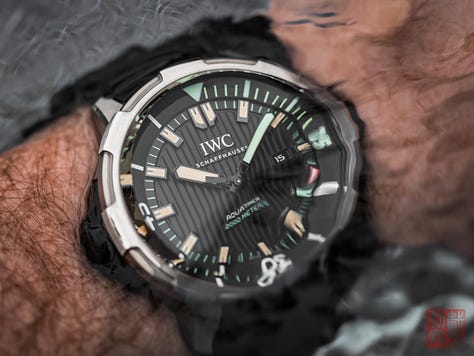
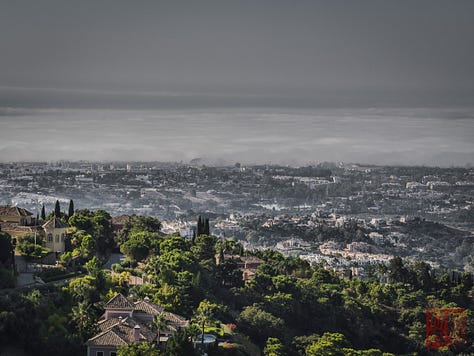
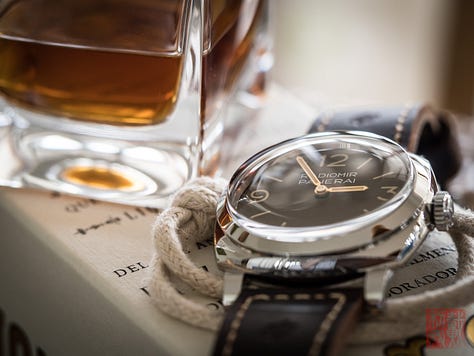
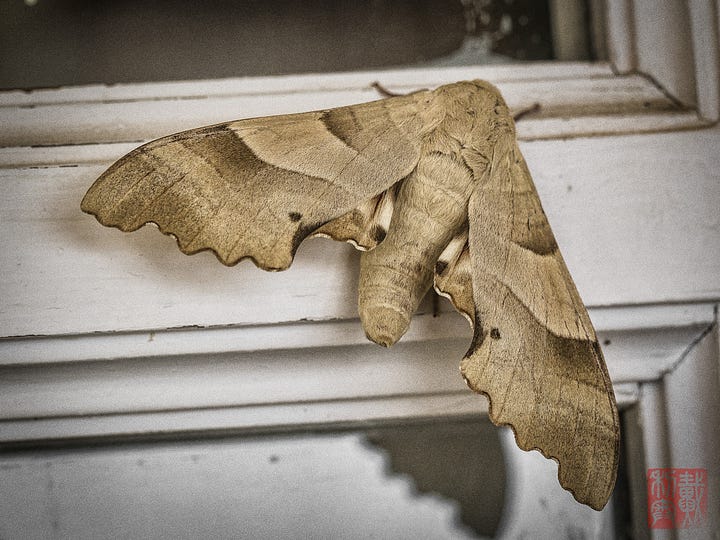
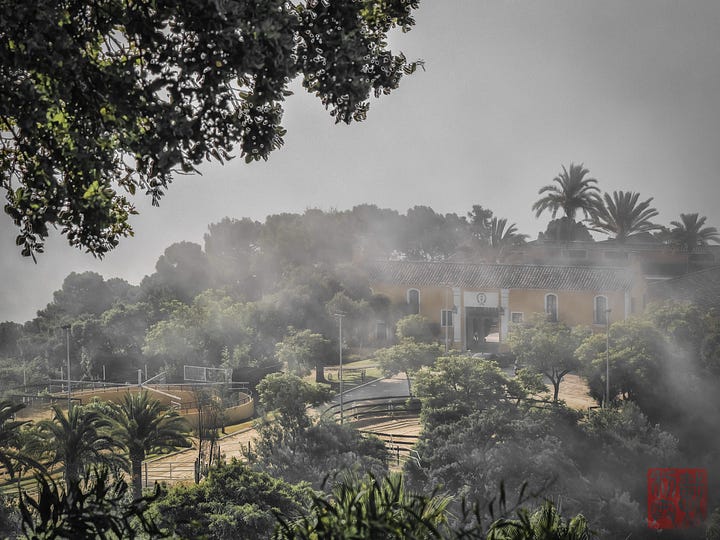
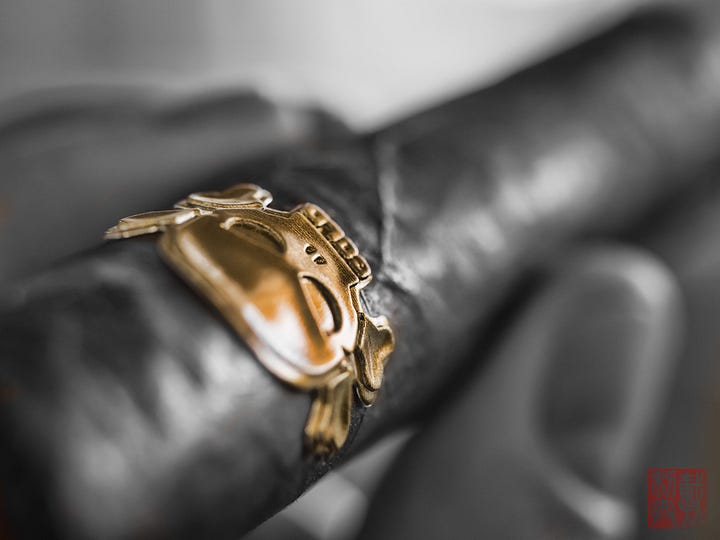
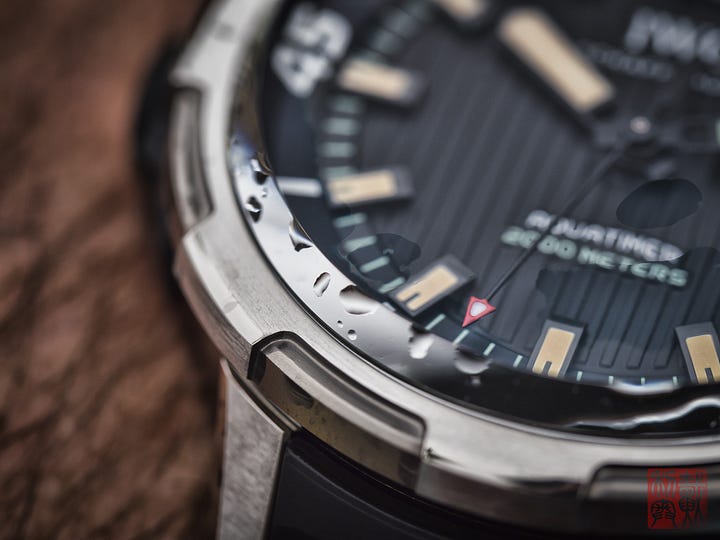
Conclusion
Can I say that the Olympus PEN-F is the “heir” to the legendary Leica IIIf? Probably. The camera’s incredible flexibility and impressive features, all in such a compact size, remind me of the Leica IIIg when it was first introduced in the 1950s.
As stated, the PEN-F is small, extremely versatile, and an ideal tool for travel. To make it perfect, I only wish it had a larger sensor with better ISO performance. No more than 24mpx and native 100ISO would reduce noise and potentially increase dynamic range. I also miss more lens options and superior, faster glass in the full-frame equivalent 21mm to 50mm range. My favourite focal length is 21mm for outdoor and travel, but unfortunately, wide angles are a weakness of the MFT system.
The PEN-F, along with four lenses – my PEM/OM-D 12mm, 17mm, 60mm, and recently a 75mm (24, 35, 120, and 150 in full-frame numbers…) – fits in a very small bag. I highly recommend the PEN-F system if you want the best possible balance between price, portability, flexibility, and quality. Great job, Olympus!
👇👇👇
VERO.co
As much as I would think otherwise, a“ ❤️ Like” is a big deal – it serves as a proxy to new visitors of this publication’s value. If you enjoyed this post and since it’s free content, please let others know and do not hesitate to share.
Cheers!








